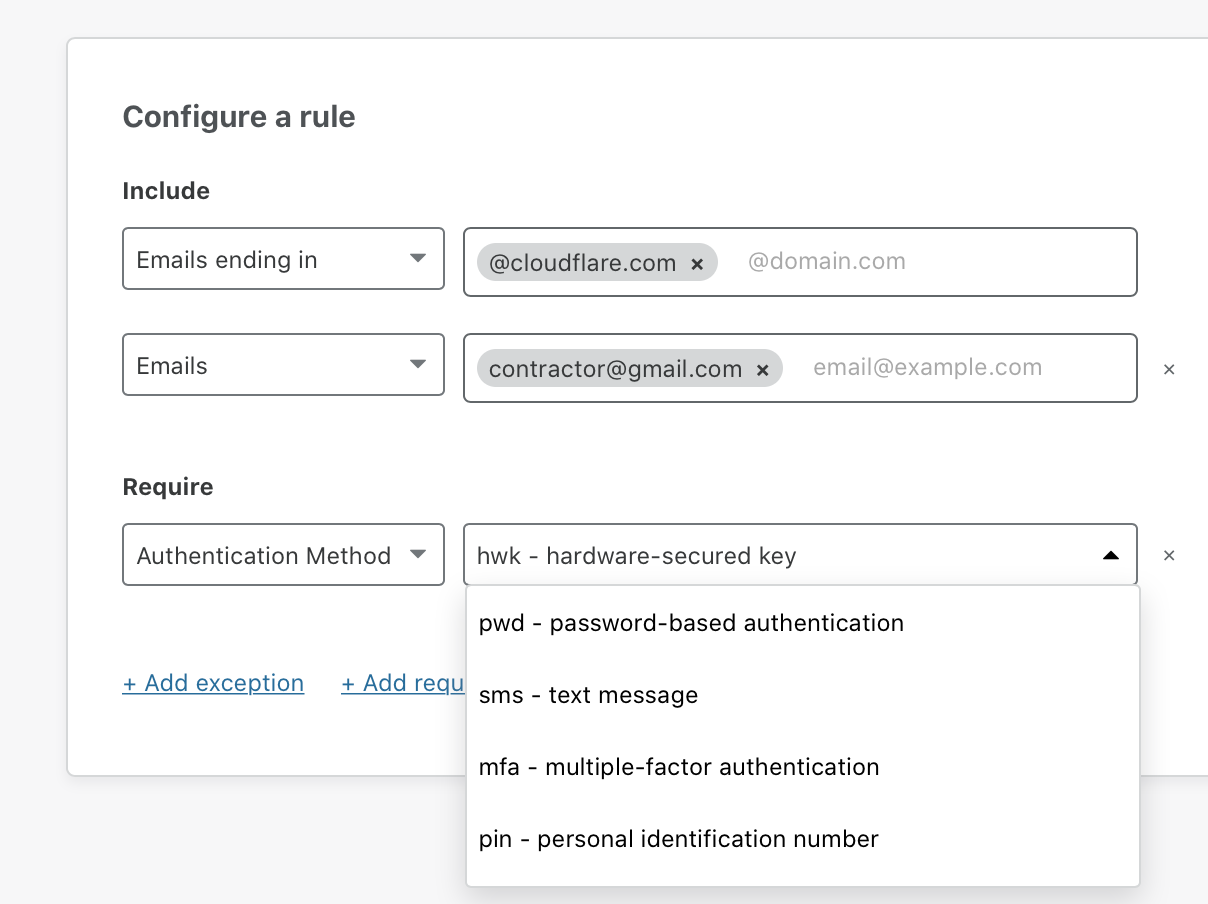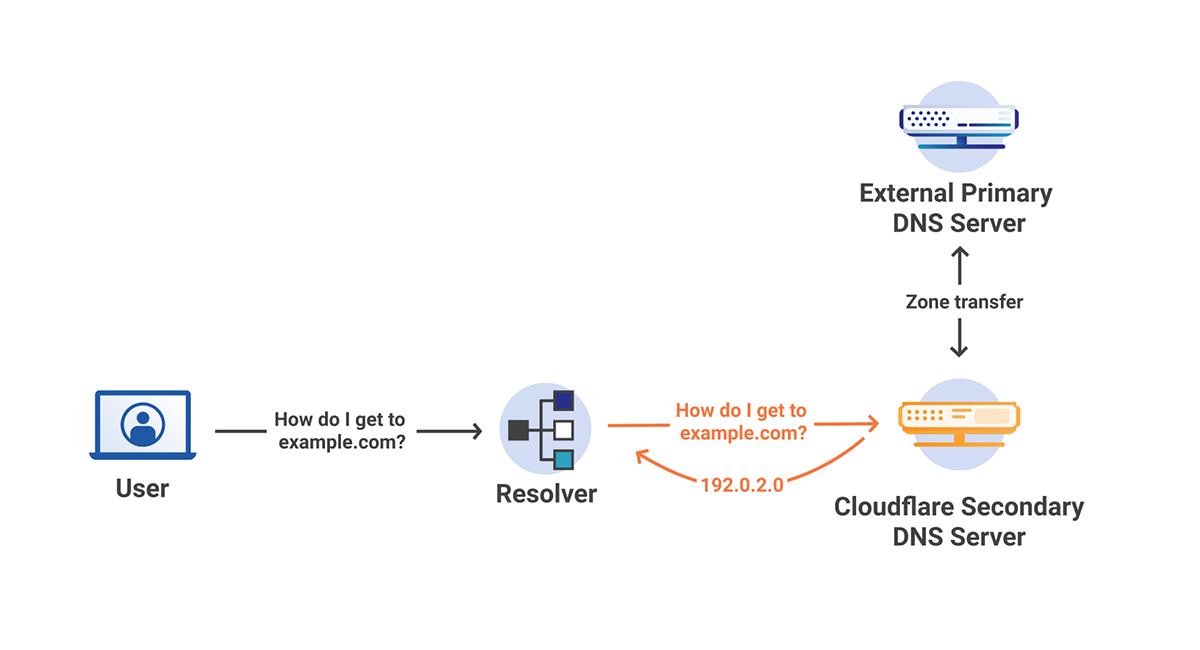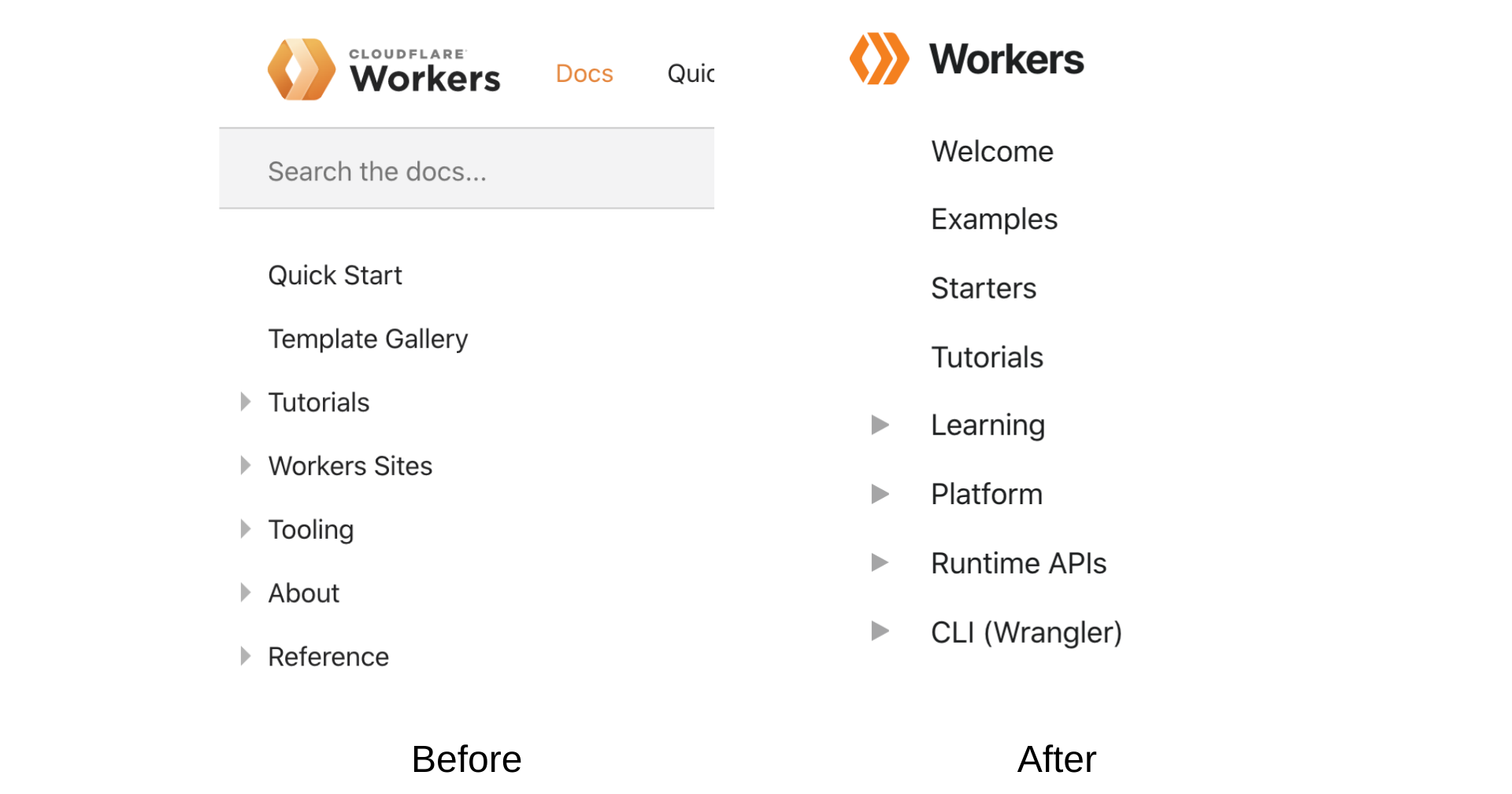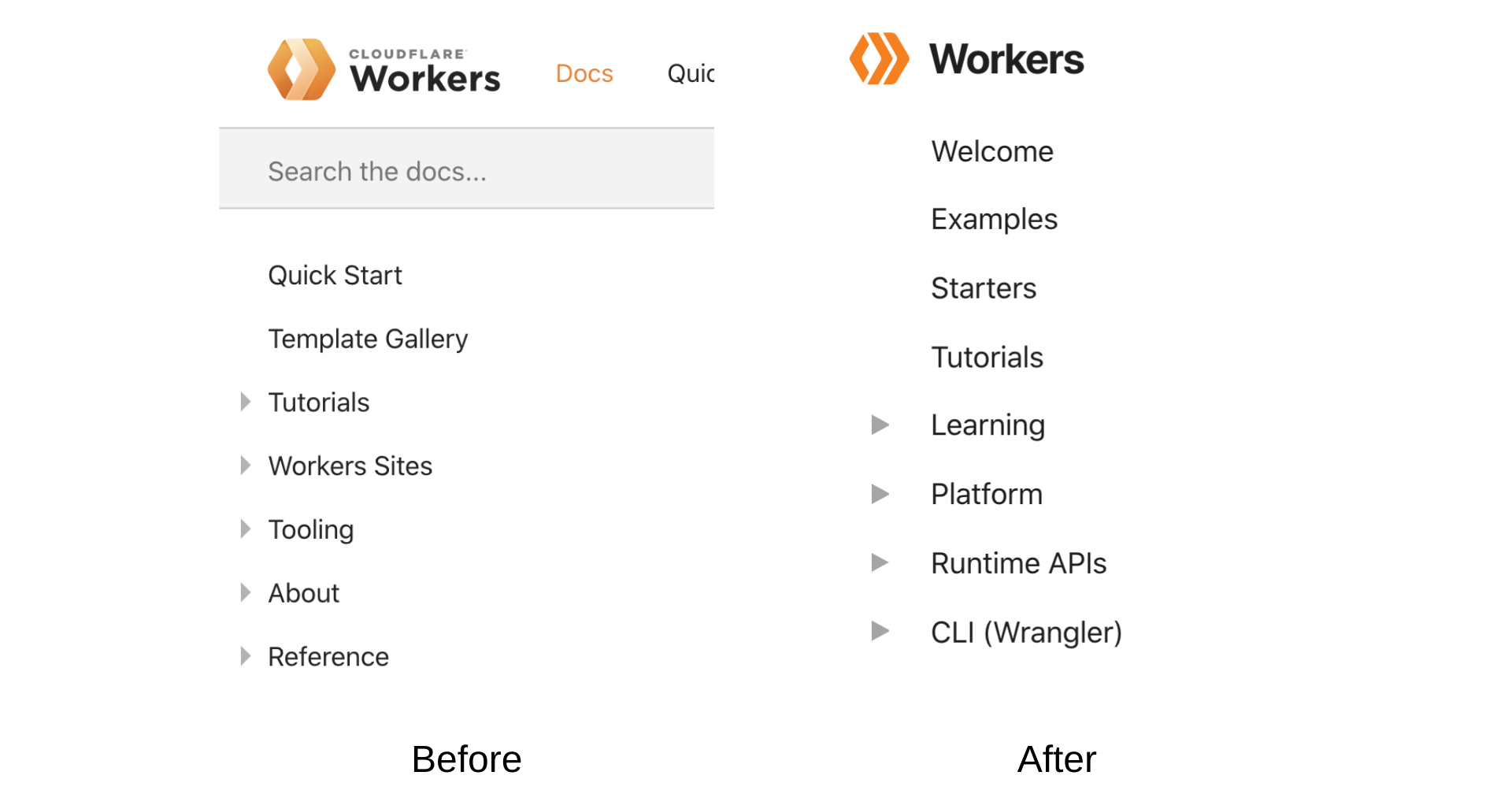Internet Society and the Association for Progressive Communications Enter into a Memorandum of Understanding

The Internet Society and the Association for Progressive Communications (APC) have entered into a Memorandum of Understanding (MoU) to work together on designing and deploying community networks, ensuring local connectivity initiatives achieve long-term sustainability, and other areas of joint interest.
APC is an international network of civil society organizations founded in 1990 dedicated to empowering and supporting people working for peace, human rights, development, and protection of the environment, through the strategic use of information and communication technologies (ICTs).
Both organizations have vast experience in growing the Internet through capacity building, advocating for ICT and infrastructure policies, and engaging local communities. This MoU updates and replaces a previous version. We are excited to further advance the work we’ve been doing together for nearly ten years.
The MoU lays out two key areas of joint interest:
- Developing an enabling environment for communities and local entrepreneurs to solve their own connectivity challenges through design and deployment of community networks, training and capacity building efforts, and highlighting the benefits of connecting the unconnected.
- Ensuring that local connectivity initiatives are able to reach long-term sustainability, support development opportunities, and contribute to meeting Sustainable Development Goals (SDGs) in relation to connectivity.
“There remains a profound Continue reading





 Virtual Open Office is a chance for people to gather and discuss any topics you find interesting. Open to Anyone. No cost or commitment. I’ll be there with a coffee/tea or a beer/cocktail (as appropriate) Tuesday, Aug 25, 1000BST/0900UTC intended for European, Australia/Oceania and East Asian Friday, Aug 28 2000BST/1900UTC which might suit people in […]
Virtual Open Office is a chance for people to gather and discuss any topics you find interesting. Open to Anyone. No cost or commitment. I’ll be there with a coffee/tea or a beer/cocktail (as appropriate) Tuesday, Aug 25, 1000BST/0900UTC intended for European, Australia/Oceania and East Asian Friday, Aug 28 2000BST/1900UTC which might suit people in […]


 Your bio says "words are mine" but your feed has company content all over it.
Your bio says "words are mine" but your feed has company content all over it.